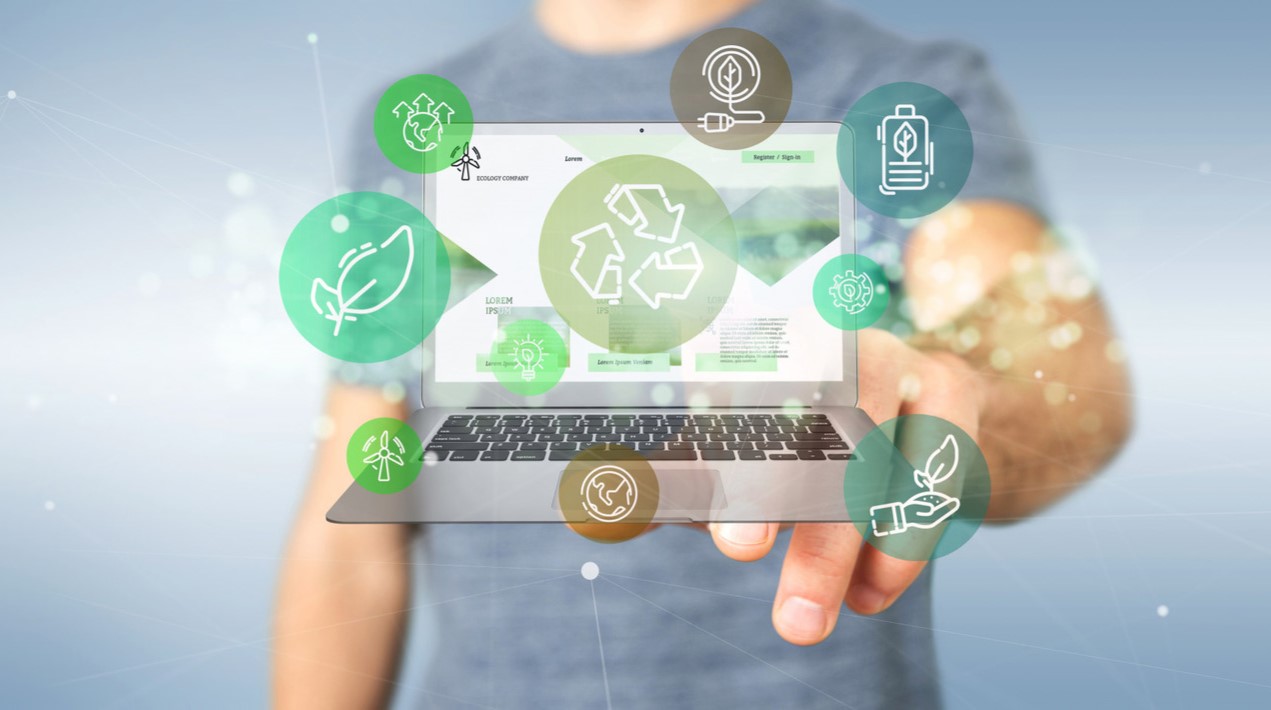
Philippine President Rodrigo Duterte signed an executive order (EO) liberalising access to satellite services, which can open opportunities for telecommunication companies to provide better internet services and access nationwide.
EO 127 amends EO 467, which provides the policy guidelines and regulations concerning the operation and use of international satellite telco facilities and services in the country.
The government recognises that universal access to fast and reliable internet services is vital for the country to join the ranks of developed economies due to the internet’s transformative impact on e-government and the delivery of basic services, the elimination of red tape, freedom of information, disaster preparedness, public safety, readiness for climate change, education for all, and inclusive growth, the EO read.
Under the order, telcos, value-added service (VAS) providers, and internet service providers (ISPs) registered with the National Telecommunications Commission (NTC) will be allowed direct access to all satellite systems — whether fixed or mobile, international, or domestic — to build and operate broadband facilities to offer internet services. Broadcast service providers may also be allowed to directly access satellite systems subject to NTC rules, regulations, and authorisations.
EO 127 directs the NTC to update its regulations and expedite its administrative processes to enable VAS providers and ISPs to directly access, use, own, and operate facilities for internet access service using satellite technologies such as Very Small Aperture Terminals (VSATs), Broadband Global Area Network (BGAN), and similar technologies, for all segments of the broadband network.
The new EO updates the definition of the term “direct access” to any of several measures permitting direct dealings between authorised entities and satellite system providers at specified levels as defined by NTC. Direct access is used to refer to measures permitting direct dealings between authorised entities and international satellite system providers.
EO 127 also directs the Department of Information and Communications Technology (DICT), in consultation with concerned agencies and sectors, to regularly review the responsiveness of the policy and submit recommendations to the Office of the President.
Also, under the new EO, the DICT, in coordination with the NTC, shall issue the necessary rules and regulations for the implementation of the national policy for inclusive access to satellite services within 30 days from the issuance of the order.
According to the country’s Digital Strategy Transformation 2.0, the world is experiencing a digital revolution and the Philippines can play an enormous role in it. Information and Communications Technology (ICT) is an important part of the country’s development. The country continues to build it up even further with the Philippine Digital Strategy (PDS).
The PDS lays out what needs to be done for the country to progress. It allows Filipinos to be more than just informed and updated on the latest trends in technology; it helps create citizens who are proactive and innovative – creating new trails instead of just following what has been done before. With the PDS, the Government intends to build a citizenry not just knowledgeable on ICT, but also adept in it – building on and improving existing technology and producing digital content that improves personal productivity and contributes to the national economy.
Moreover, according to a report from the National Economic and Development Authority (NEDA), rapid adoption of digital technologies can help the Philippines overcome the impact of the Covid-19 pandemic, recover from the crisis, and achieve its vision of becoming a middle-class society free of poverty.
The use of digital technologies in the Philippines, however, is still below its potential, with the country’s digital adoption generally trailing behind many regional neighbours. The digital divide between those with and without the internet leads to unequal access to social services and life-changing economic opportunities. The Government continues to find ways how to bridge this digital divide.
















